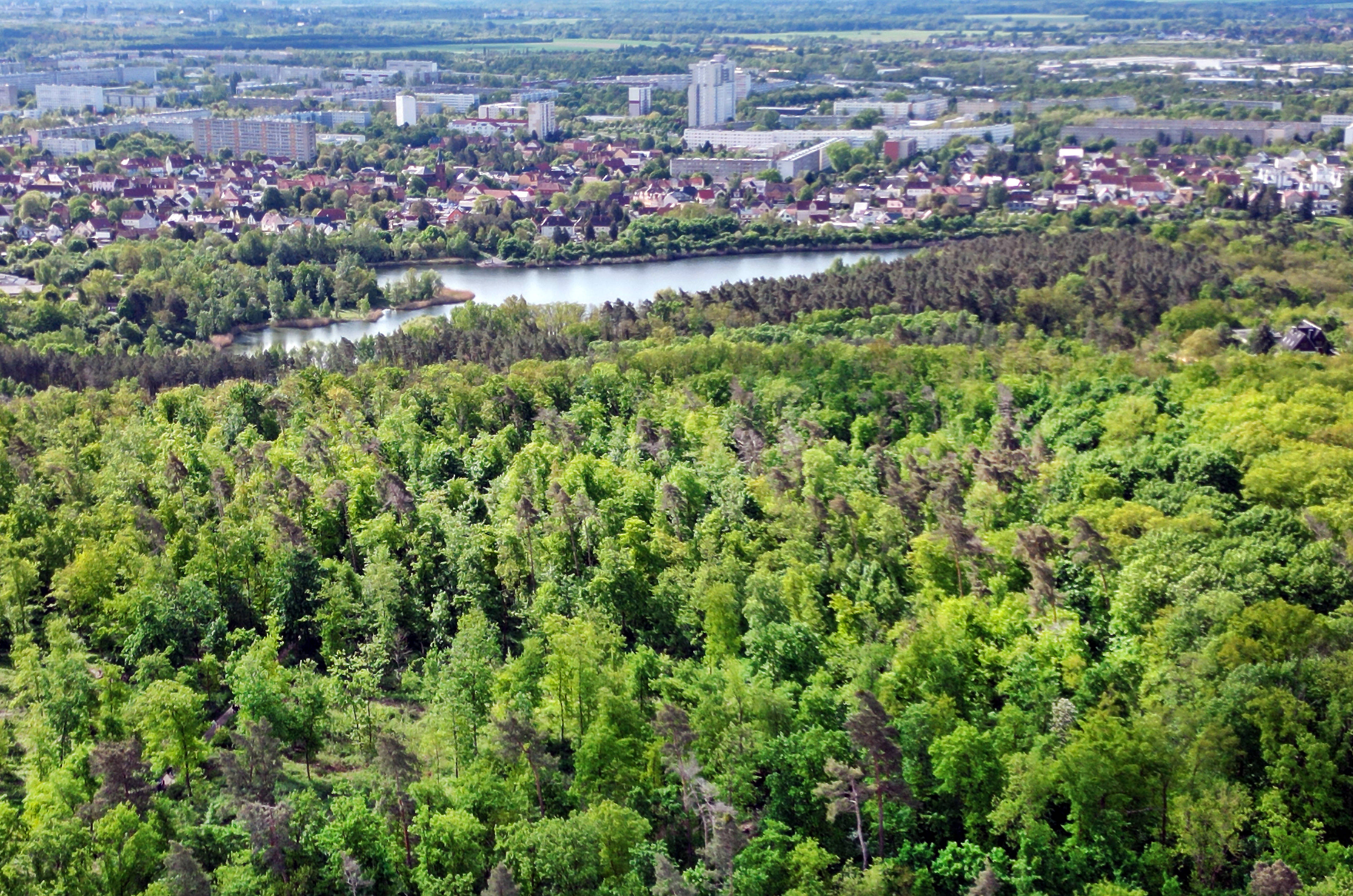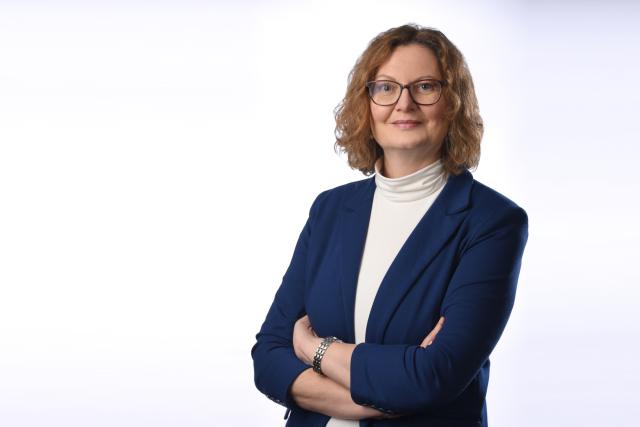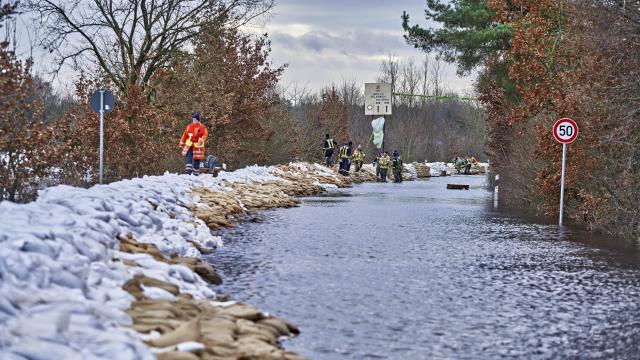

How can shrinking cities be revitalized?
With industrialization in full swing, urban development was primarily focused on growth. More and more people were drawn to industrial centers – businesses thrived and cities expanded beyond their historical boundaries. However, growth is not everywhere enduring: some cities and regions are in decline. For many years, parts of the Ruhr Area and Eastern Germany have been affected. “Shrinking cities are a global phenomenon,” states Professor Karina Pallagst. She points out: "Structural change initially leads to job losses. The population then migrates. This results in vacant properties. The tax base collapses and the municipality is eventually unable to properly fulfill its responsibilities." The city, and often the entire region, is left behind by globalization. This also damages the image of the cities.
Karina Pallagst herself was confronted with this issue as a visiting scholar at the University of California, Berkeley: “Researchers from many different countries were working there, and at some point the discussion turned to the situation of shrinking cities in Europe.” Ever since, Pallagst found this a very interesting question for urban planning. For this reason, she founded an international network of experts who are intensively engaged with the topic. This led to the European Union-funded project “Reviving shrinking cities – innovative paths and perspectives towards livability for shrinking cities in Europe” – RE-CITY.
“The cities affected by shrinkage must reinvent themselves.”
How cities deal with their decline – and what other cities can learn from this – is the central research question behind the project. Karina Pallagst adds that Kaiserslautern is also undergoing a similar structural change after the loss of major employers such as Pfaff.
“The cities affected by shrinkage must reinvent themselves.” At the same time, former industries and their locations also represent an important cultural heritage. Cities around the world are dealing with this challenge in very different ways, as the RE-CITY researchers have found. Karina Pallagst: “Local authorities have targeted solutions for what to do with vacant properties. To improve the quality of life of cities, alternative uses can be found for the space, such as green infrastructure and replacement industries.”
The scientists led by project coordinator Pallagst investigated a range of shrinking cities as best practices, including Leipzig and Halle in Germany, Bilbao in Spain, and Zeeland in the Netherlands.
“We analysed which concepts and strategies were pursued. We looked at whether and which ideas could be adopted by other cities as good examples, and also whether the local actors were the right ones to implement them.”
Karina Pallagst
They explored these questions not only internationally, but also across disciplines: architects, geographers, economic experts, and sociologists joined forces with spatial planners. Karina Pallagst: “We looked at shrinkage processes from historical, geographical, planning, engineering, social, and economic perspectives.”
Research in an international environment
Specifically, 13 international doctoral students carried out research on a sub-area of the topic. As part of a structured training program, the young researchers were able to develop sustainable and innovative strategies and concepts for shrinking cities. Karina Pallagst says she really enjoyed working with the young people and “accompanying them during this exciting phase of their careers.” She adds: “Ultimately, the project was also about training experts,” a new generation of urban planners, so to speak.
The young researchers were recruited on a world-wide scale: “In accordance with the guidelines of the EU research program, the doctoral candidates were deliberately assigned to different countries for their respective subprojects.” A total of 16 institutions were involved in the scientific research, including the RPTU, the Bertelsmann Foundation, Cambridge Architectural Research, TU Dortmund University, the universities of Amsterdam and Porto, and the ENS in Paris.
Benchmarking for shrinking cities
One of the doctoral students, for example, explored the topic of “shrinking smart.” He developed a benchmarking system, a comparative standard that shows cities where they currently stand in the shrinking process and what options are available for future development. Karina Pallagst: “This allows decision makers to evaluate what the appropriate course of action could be in their city.” Another doctoral student focused on the green economy and investigated shrinking cities as good examples of new energy systems. The example of a French city showed that alternative energies can also be leveraged as a drivers of the economy.
Learning from others about flood protection
Another doctoral project looked at how shrinking cities deal with flood disasters. Karina Pallagst: “Many shrinking cities are also port cities. However, some have only very small port infrastructure.” This leads to problems because today's large container ships cannot dock there, which means that these cities now have to cope with structural change and shrinkage processes. “At the same time, however, their location means they might encounter the problem of flooding.” One of the doctoral students looked at this issue in detail: “The topic of this thesis was to develop strategies for port cities such as Bremerhaven to provide a more resilient land use.” In short, how flood protection can be achieved with vacant or abandoned land.
The topic of migration is also relevant for shrinking cities, as another doctoral thesis has investigated. This is because the high vacancy rates that many shrinking cities are struggling with could be spaces for migrants. Small shops could be run by the newcomers, and shrinking cities could experience a kind of renaissance.
Open access of results via an online course
The participating scientists have compiled their various questions and solutions relating to the topic of “shrinking cities” in a handbook. The “Handbook on Shrinking Cities” is available from Edward Elgar Publishing.
In addition, the results are also presented digitally as part of an online course developed in collaboration with the RPTU's distance learning center. KLOOC (Kaiserslauterer open online course) is the name given to the RPTU's freely accessible learning tools for large numbers of participants. "Our course comprises learning videos that provide a concise overview of the opportunities for shrinking cities. There are also self-study units.“ Participants can obtain a certificate upon completion of the course.
The EU project has now come to an end. But together with her network, Karina Pallagst now wants to see “which topics and results can be used for future aspects shrinking cities have to face.” For example, the topic of digitalization is becoming increasingly important for shrinking cities. And the knowledge gained in the project will be shared with various target groups in the future. For example, an educational video for geography lessons in schools has been developed and is now in use. The information will also be disseminated through other channels. “We certainly have a lot of work ahead of us in the near future.” Because one thing is clear: there is still much to be done in research on shrinking cities.

WANT TO DIVE DEEPER INTO THE TOPIC?
The following scientific publications offer further information:
Pallagst, Karina; Fleschurz, René; Nothof; Svenja; Uemura, Tetsuji (2021): Shrinking cities - implications for planning cultures?; in: Urban Studies VOL. 58 (1); S.164-181. DOI: 10.1177/0042098019885549.
>> ZUM BEITRAG
Pallagst, Karina; Bontje, Marco; Cunningham-Sabot, Emmanuèle; Fleschurz, René (Hrsg.) (2022): Handbook on Shrinking Cities; Edward Elgar Publishers; Research handbooks in urban studies series. Cheltenham/UK. ISBN: 978 1 83910 703 0. (Buchveröffentlichung)

Diese Themen könnten dich auch interessieren:



